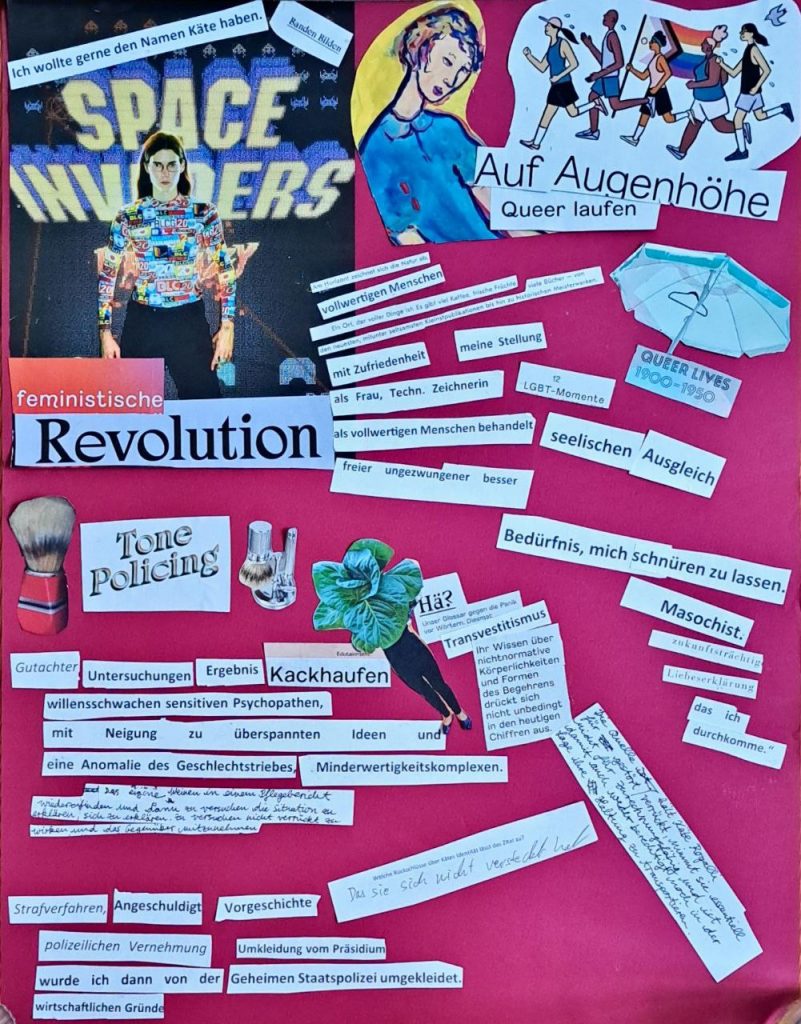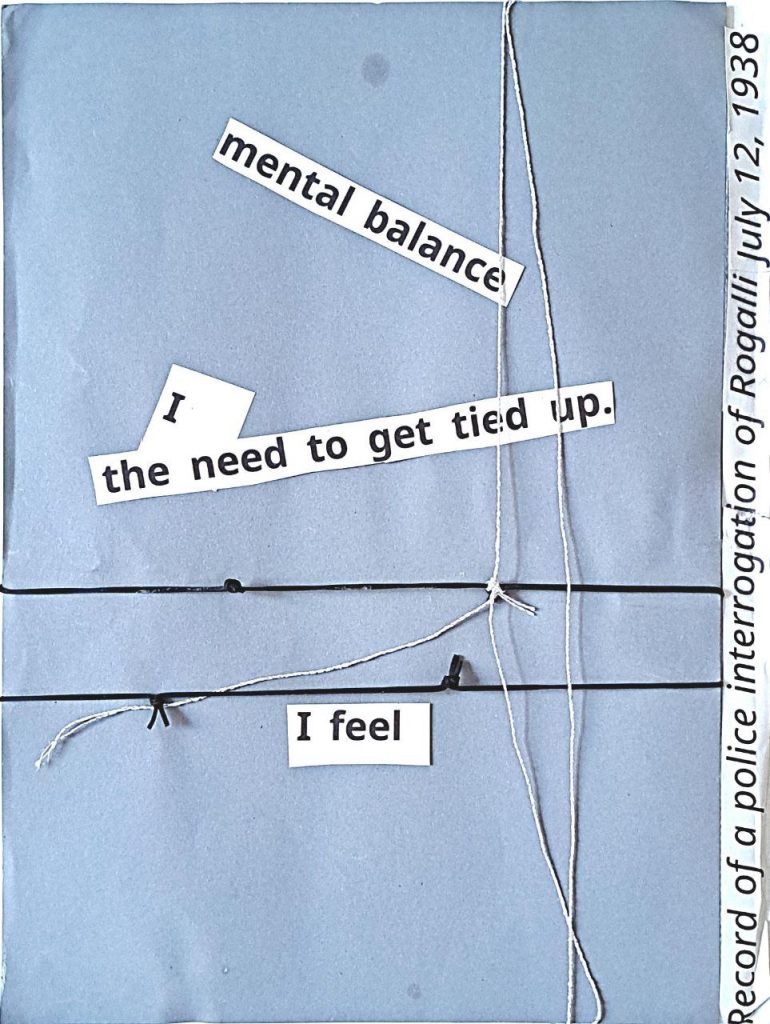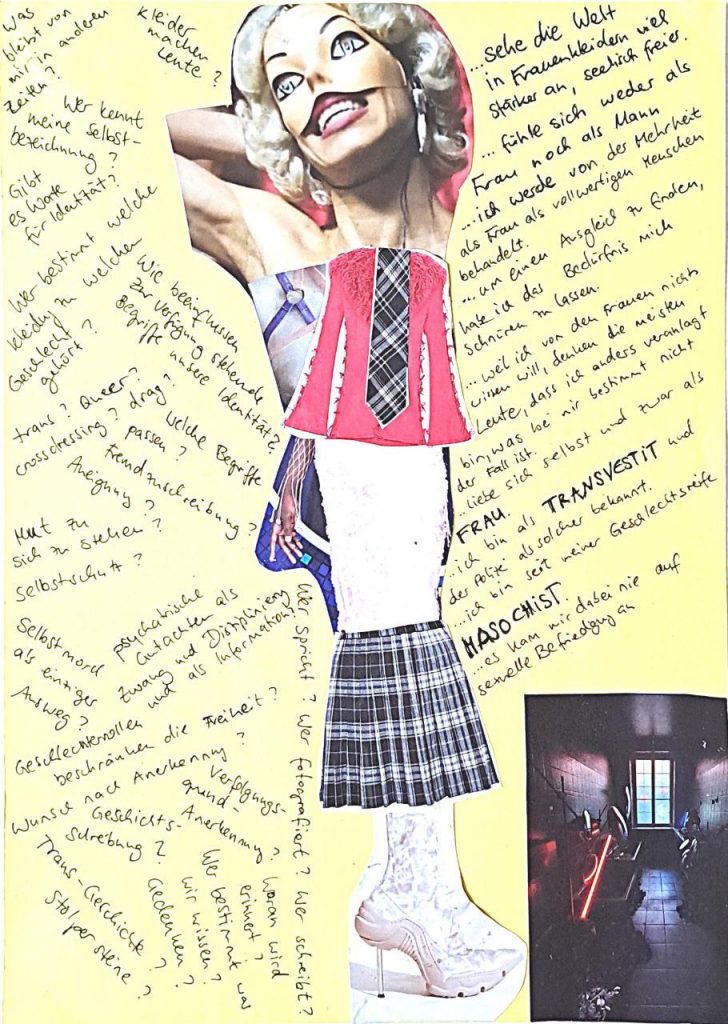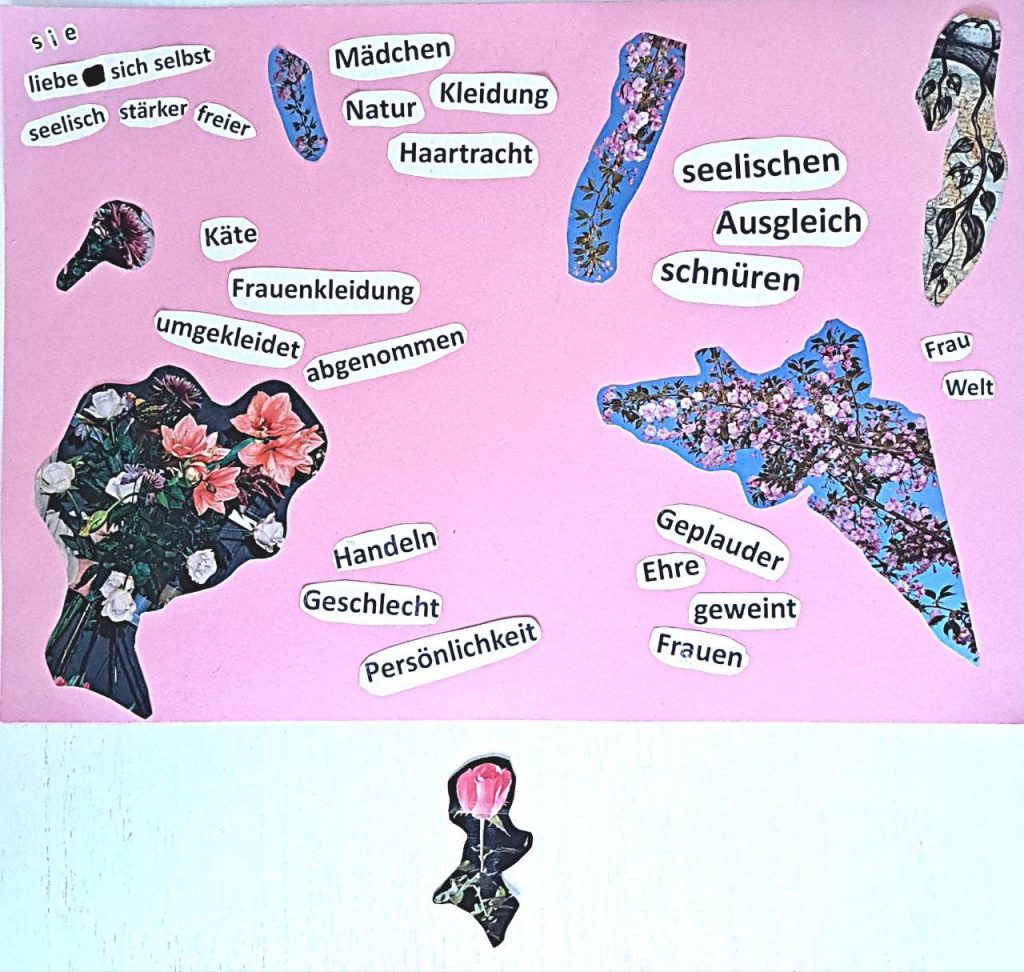Käte Rogalli was born in Berlin on 17 September 1903. She lived openly as a woman in the 1920s and was possibly assessed by Magnus Hirschfeld, a well-known sexologist. She received a transvestite licence in 1926 and officially changed her name in 1928. In 1929, she married her girlfriend Gertrud, who was already pregnant with twins. At the end of 1936 Käte’s transvestite licence was revoked and the Gestapo forced her to change into men’s clothing. A short time later, she was sent to Sachsenhausen concentration camp in Oranienburg because she had not complied with the Gestapo’s ban on wearing women’s clothing. In Sachsenhausen, she was assigned the prisoner category “Transvestite” and then categorised as a Schutzhäftling (protective custody prisoner). Shortly after her release from the concentration camp, she was trialed for “causing public offence” and sentenced to two years of prison, while qhich she had to work in road construction. During this time, she was deprived of custody of her children.
In 1941, after a second trial for “causing” public offense, the court had her forcibly committed to the Wittenau sanatorium. She took her own life in the psychiatric ward in April 1943.
A workshop addressed at TIN* (trans/inter/nonbinary) people was organised about Käte as part of the “Cultures of Rememberance” projext. The participants created collages from quotes from the criminal files on Käte. Those non-self-determinded sources were artistically transformed. In the discussion, we came to the conclusion that it is almost impossible to read Käte’s identity from such documents. Nevertheless, it became clear that there are specific experiences that create connections across space and time.
Historical terms are written in italics in this text. This is a method used to make visible, that we are dealing with external attributions.rnal attributions.
Additional Explanations
The Transvestitenschein
The Transvestitenschein (transvestite licence) was a police certificate that could be obtained through a medical report. It certified that you were known to the police as a transvestite. Permission to wear the preferred clothing was not actually required because cross-dressing was not illegal. Rather, those affected were admonished with the note, not to attract public attention. It also served to register and monitor them. While hardly any licences were issued under National Socialism, the number licence withdrawals increased.
The official name change
In the beginning of the 1920s, the sexologist Magnus Hirschfeld, together with his institute’s lawyer Walter Niemann, succeeded in lobbying for official first name changes for people, who were considered transvestites. The Minister of Justice personally decided on the first name changes. Only certain names were available for selection: Alex, Toni, Gerd/Gert and Theo. These names were considered to be gender-neutral. The Ministry of Justice assumed that those affected would sooner or later decide to live in the gender assigned to them at birth. This shows that their identities were not really taken seriously by the state.
Protective custody
Schutzhaft (protective custody) made it possible to arrest opponents of the National Socialist regime and imprison them indefinitely, for example in a concentration camp. These arrests were usually carried out by the SS and the Gestapo without a court order or conviction. The legal basis for this was established on February 28th 1933 with the „Verordnung zum Schutz von Volk und Staat“ (ordinance for the protection of the people and the state). Some people, like Käte, were imprisoned for several months.
Drawing Käte Rogalli
At this point, we would have liked to show the only surviving photo of Käte Rogalli. It can be found in her medical file from the Wittenau sanatorium, which is kept in the Berlin State Archives. The prescribed “protection period” does not end until December 31st 2038 – 95 years after Käte Rogalli’s death.

© Tomka Weiß
Tomka Weiß is a Berlin artist, graphic artist, exhibitor, and trans* activist. His drawing of Käte Rogalli was inspired by an article on her life by the historian Zavier Nunn.
Collages: Tomka Weiß, Juri Permantier, Ian, elias, flo, Kai*





